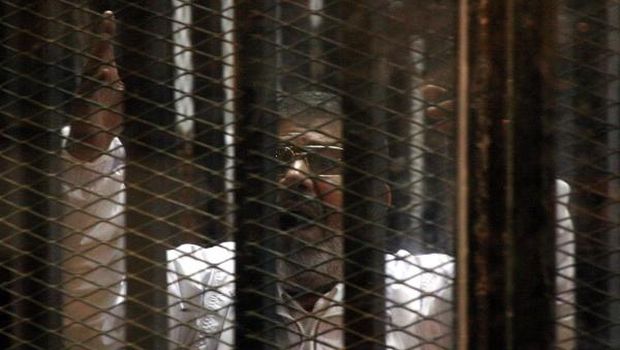Recently, I read an interesting article published in the Donya Al-Watan newspaper about some well-known historical figures whose existence is doubted.
An example of this is King Arthur, whose memory is engraved in the minds of the entire British Isles, and who emerged victorious after he defeated the Anglo-Saxons in the sixth century; he is said to have killed 960 of his enemies with one hand. Other examples include the Greek philosopher Pythagoras and the Chinese philosopher and author of the The Art of War, Sun Tzu, who is believed to have been alive in China in during 476–771 BCE.
English playwright and poet William Shakespeare could well be the most controversial of these figures leading up to our present day. And there is also the legendary English champion and advocate of the poor, the noble thief Robin Hood, as well as other figures from all cultures and civilizations.
In our Arab and Islamic culture, we have examples of such figures. Some of them are almost certainly fictitious, while others are only merely doubted when it comes to actual existence. Many entertaining stories have been written about these figures, so that they become mere conveyers of the messages, dreams and disappointments of humans: Majnoun Layla and Mullah Nasruddin are prominent examples here.
We also have tales that date back to the pre-Islamic era with stories centering on fabulous characters with exotic abilities, such as those of Shaq and Satih, and characters from later times such as Abu-Zayd Al-Hilali and Hamza the Clown.
Such stories and tales are like repositories of memories from different nations and cultures, functioning as a code whereby humans can store their messages and ideas. Imaginary characters are an illustration and expression of human dreams and disappointments—the way the Superman, Batman and Spiderman characters do for children. (Beware of mocking children’s dreams and worlds, for they are the most truthful, and are freer than their adult counterparts.)
In our modern age, there are characters that exist in our real world but who have later been reshaped or recast in a manner different from their initial reality—whether the change is positive or negative.
If these characters were resurrected, they would have us blot out three-quarters of what has been written about them. They would ask us: “Come on, what are you talking about?” In Egypt, there are Gamal Abdel Nasser, Field Marshal Abdel Hakim Amer, King Farouq and Asmahan; in Iraq, we have Abd Al-Karim Qasem, King Ghazi, Nuri Al-Said, and even Saddam Hussein and Mohammad Baqir Al-Sadr.
The late Iraqi poet Ma’rouf Al-Rasafi, wrote some verses about the dishonesty behind lionizing certain individuals from the past and its effect on those generations that follow:
Most of what has been recorded in history is none other than fabrications.
Having looked carefully at our present, we found it all uncertain.
So how can we believe what is said about our distant ancestors?
It is not odd that nations inherit legends and figures from the past, for this is their heritage with its attached importance. What is odd, however—and exciting—is to see legends, fables or fairy tales manufactured in front of your eyes while the main character is still alive, eats, walks in the markets, or screams from inside his cage in the court as did Mohamed Mursi while shouting to the judge: “Who the hell are you?”
